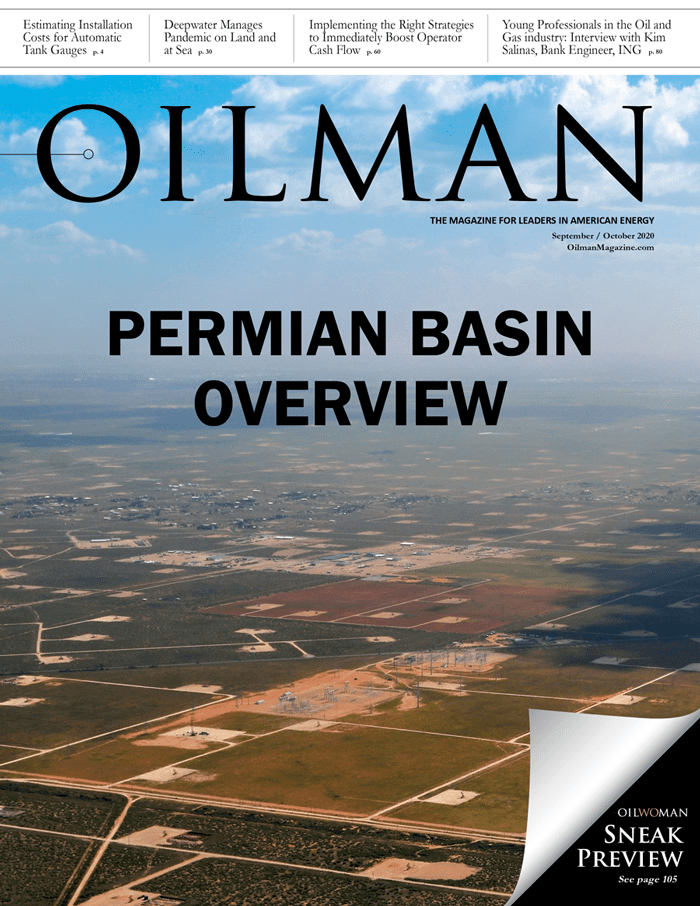A recent report by the International Energy Agency (IEA) entitled “Gas 2020: Analyzing the Impact of the COVID-19 Pandemic on Global Natural Gas Markets” was published in June 2020. The lengthy report emphasizes supply, demand and trade, and, in part, states:
“After a four percent drop in 2020, natural gas demand is expected to progressively recover in 2021 as consumption returns close to its pre-crisis level in mature markets, while emerging markets benefit from economic rebound and lower natural gas prices. The impact of the 2020 crisis is, however, expected to have repercussions on the medium-term growth potential, resulting in about 75 bcm of lost growth over the forecast period, 2019 to 2025. This forecast expects an average growth rate of 1.5 percent per year during this period.
The Asia Pacific region accounts for over half of incremental global gas consumption in the coming years, driven principally by the development of gas in China and India. While the prospects of natural gas remain strong for these two markets, the outlook is highly dependent on China and India’s future policy direction and recovery path in the post-crisis environment. In spite of the current economic headwinds and uncertainty, natural gas still benefits from strong policy support in both countries, with ongoing reforms to increase the role of gas in the energy mix. Future growth in the industry sector, which constitutes the main driver of incremental gas demand in both countries will, however, highly depend on the pace of economic recovery, both for domestic and export markets for industrial goods.”
In a time of uncertainty, it is certain that natural gas will be of utmost importance in the near future. Liquified natural gas (LNG) will be key in the global energy recovery; however, geopolitics, infrastructure development, regulatory policies and investment will be very challenging.
Academy award-winning producer, Gray Frederickson, Mei Li Hefner and I served as producers of the documentary film The Grand Energy Transition (The GET), released in 2012. It is based on the book of the same name by Robert A. Hefner, III, founder and owner of GHK Exploration, who pioneered deep and ultra-deep natural gas exploration, primarily in western Oklahoma. In the book, which Ted Turner deemed important enough to buy for members of Congress and Fortune CEOs, Hefner forecasts the continuing decline of coal and oil, and predicts the coming “age of energy gases.” America’s abundant natural gas will serve as the major bridge to this new energy age, along with wind and solar power, to create a new, hydrogen-based economy.
Natural gas is an energy answer that is available today. We definitely should be putting it to use now. For years I have voiced my belief that natural gas reserves are critical to a strong U.S. economy and extremely important for America’s energy security. Natural gas is an abundant, clean fuel that has many domestic uses, from heating our homes to serving as an alternative to gasoline. It is the bridge fuel to our country’s energy sustainability. Future generations are depending on us to keep the American dream alive.
Mark A. Stansberry, energy advisor and corporate development strategist, has been a columnist and contributor for Energies Media since 2014. He is the author of America Needs America’s Energy: Creating Together the People’s Energy Plan and the host of the National Energy Talk podcast. Stansberry served as U.S. Senator Bartlett’s intern/staff member from 1975-76, and led Senators Bellmon and Bartlett’s State Youth Conference in 1976. Stansberry can be contacted through his website.





